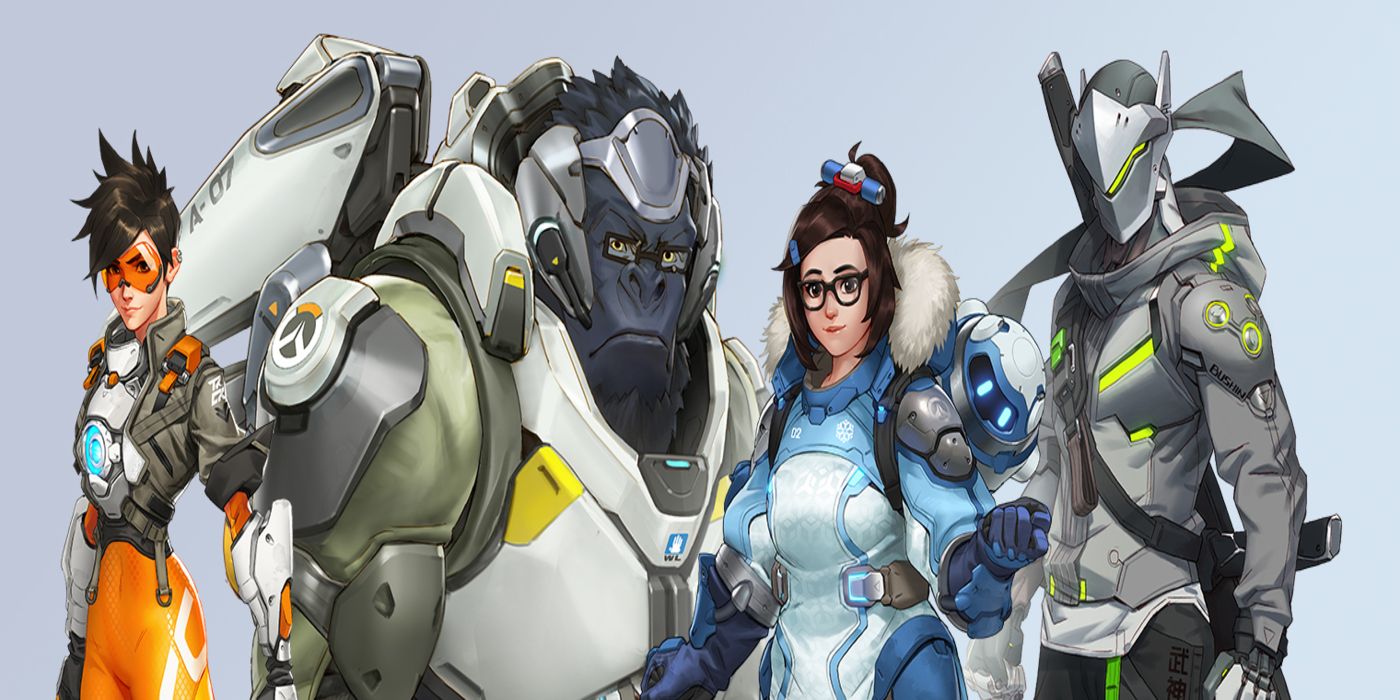

With this new technology we can create all kinds of weather changes, like thunderstorms, snowfalls, and other exciting environmental scenarios to make the game feel different every time you play. Imagine that you are sent on a mission to Necropolis to restore the connection to an Overwatch satellite link, and while defending against a Null Sector attack, a sandstorm quickly approaches the location and rises all around you! We can make your mission a bit more challenging by adding a new sandstorm Environment State on top of the Sunny Scenario, which will slowly increase cloud coverage and sand effect density. While the previous examples were mostly cosmetic, Environment States can also be mixed dynamically to develop new and exciting gameplay opportunities. Being able to iterate quickly allows us to experiment more, be more creative, and produce more variety for all our maps.īut that’s not all. Thanks to the flexibility and ease of Environment States, we can prototype new lighting for our maps within a few hours. To do that, we create a new Environment State that will only override the sun's direction, and we place this new “block” on top of the one from Temple of Anubis. This looks great already! However, we can make it look even better by nudging the sun direction to create more interesting shadows. With the new Environment States system, all we need to do is take the Environment State from the Temple of Anubis and apply it to Necropolis. You’ve probably played it in its night scenario, which marries the contrast of the cold blue colors of the nighttime with the bright orange of the torches lit around the buildings.īut let’s say we want to experiment with a different scenario, and we decide to try the hot desert colors of Temple of Anubis. Let’s take the example of the fast-paced deathmatch map of Necropolis.

We can share them across maps, and we can also have multiple Scenarios on each map. With this new system, we have managed to split all the major components of lighting, sound, and effects into self-contained assets that can be combined like building blocks to create what we call Environment Scenarios. This is exactly what the Environment States were designed to do. Imagine travelling to Numbani and seeing the futuristic city illuminated in a warm African sunset, or landing in a rainy Paris, with all the shops glowing with warm golden lights that invite you inside to eat a croissant until the rain stops. For Overwatch 2, we wanted to create interesting new moods that would entirely change the feeling of a location. The most important thing at this stage is to design a map that’s fun to play! After many hours of testing, it is the environment artists’ turn to transform the temporary grey boxes into carefully handcrafted buildings and environmental assets that will give life to the locations players will travel to.Īlongside the environment, we create the lighting that supports the story that the map is telling. The creation of a map starts with the level designers who invent the entire architecture of the place using big grey boxes to produce interesting and balanced gameplay. I asked Fabien to help us understand how he came up with the idea that has now reshaped how the team creates maps, and to walk us through his design process.įabien: Overwatch is set in a bright and colorful world, and much of the character of the game is expressed through its maps. Although the feature is developed and refined inside the Overwatch 2’s engine and tools, the core idea stems from the mind of our talented lighting artist, Fabien. The new technology we added to the engine is called Environment States, and it has quickly become our favorite workflow for map creation and design. To assist me in this endeavor, I have enlisted the help of two other developers from the Overwatch team: Bruce Wilkie and Fabien Christin. Since we recently finished working on a new piece of technology for Overwatch 2, we thought it would be a great opportunity to give the community a sneak peek of what goes into creating improvements for a game engine.
#OVERWATCH 2 TWITTER SOFTWARE#
Hi, everyone! My name is Marco Alamia, and I am a software engineer on the Overwatch team.


 0 kommentar(er)
0 kommentar(er)
